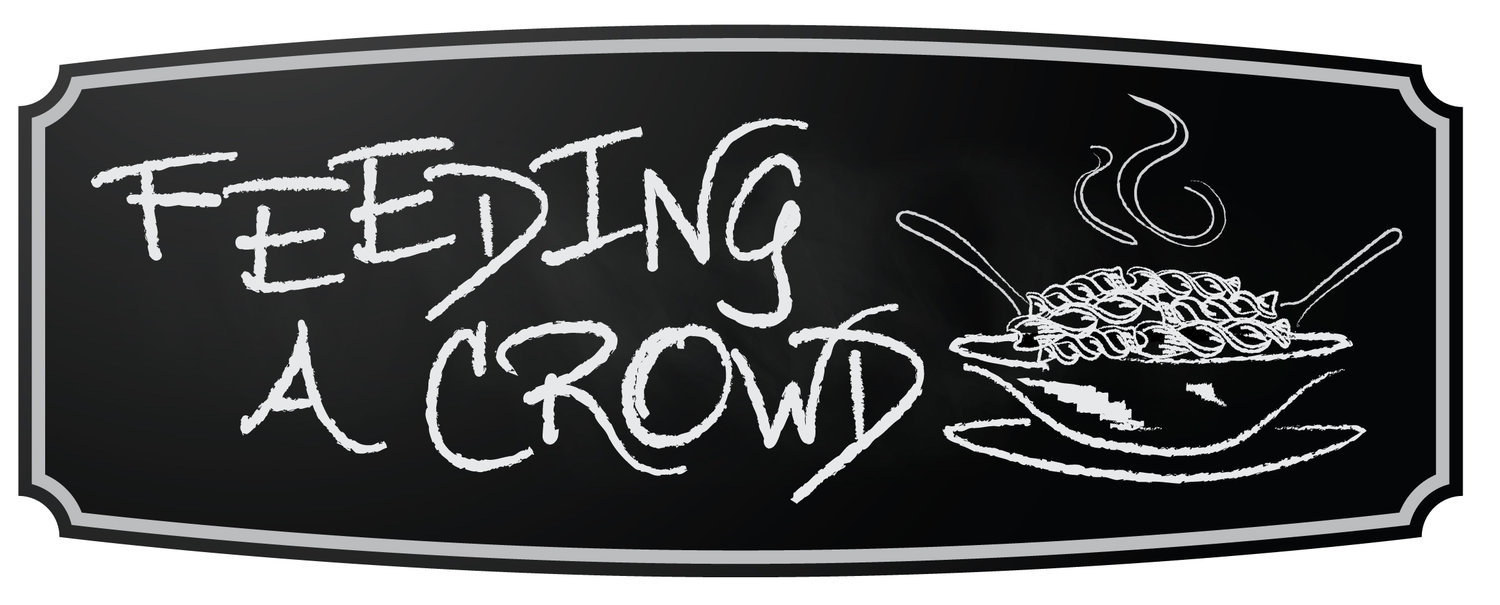Rustic Fricassée Québec-Style
Quebec-Style Fricassée Template
In Quebec, a fricassée is a rustic, comforting dish that evolved from French culinary traditions. Historically, "fricassée" originates from France and refers to a dish where meat (often poultry or veal) is sautéed and then stewed in a white or light sauce. However, in Quebec cuisine, the term took on a more practical and resourceful meaning.
History of Fricassée in Quebec
A Dish of Ingenuity: In rural Quebec, fricassée became a way to repurpose leftovers—typically combining leftover meat, potatoes, vegetables, and aromatic herbs into a one-pan meal.
French Influence: The concept of slow-cooked, flavorful meals using simple, accessible ingredients aligns with French-Canadian cooking, where resourcefulness was key.
Popular in Sugar Shacks & Homes: Fricassée was often made during sugar season, when hearty, satisfying meals were needed for those working at the cabane à sucre. It was a go-to for families looking to stretch leftovers into something delicious.
Regional Variations: Depending on the region, a Quebecois fricassée might include pork, beef, game meat, or even seafood, always paired with root vegetables, onions, and flavorful herbs like thyme, bay leaf, or parsley.
Base Ingredients:
2 tbsp butter (or lard for a more traditional flavor)
1 onion, diced
2 cloves garlic, minced
1 ½ to 2 cups cooked meat, shredded or diced (pork, beef, chicken, or game)
3-4 medium potatoes, cubed
1 cup raw vegetables, diced (carrots, celery, bell peppers, etc.)
½ cup broth or gravy (to moisten and enhance flavors)
1 tsp dried herbs (thyme, parsley, or bay leaf)
Salt & pepper to taste
Optional: A dash of vinegar or Worcestershire sauce for depth of flavor
Instructions:
Sauté aromatics & raw vegetables: In a large skillet, melt the butter over medium heat. Add the onion, garlic, and raw vegetables. Cook for 5-7 minutes, stirring occasionally, until they start to soften.
Add meat & potatoes: Stir in the cooked meat and cubed potatoes, letting them brown slightly for extra flavor.
Incorporate herbs & broth: Mix in the dried herbs, salt, and pepper. Pour in a bit of broth or gravy to keep the mixture moist and flavorful.
Simmer & blend flavors: Let everything cook together for 10-15 minutes, stirring occasionally, until the vegetables are tender and the flavors are well combined.
Serve hot, with fresh bread or homemade pickles for a true Quebecois touch!
💡 Variation Ideas:
Add a fried or poached egg on top for a hearty breakfast version.
Mix in some cheese curds just before serving for a poutine-inspired twist.
Use duck confit for an elevated take on this rustic dish.









